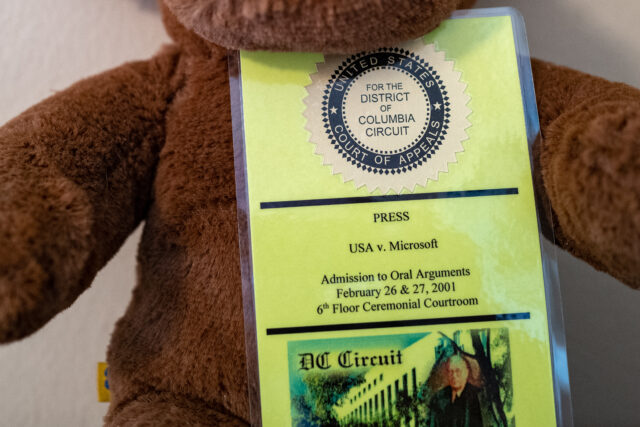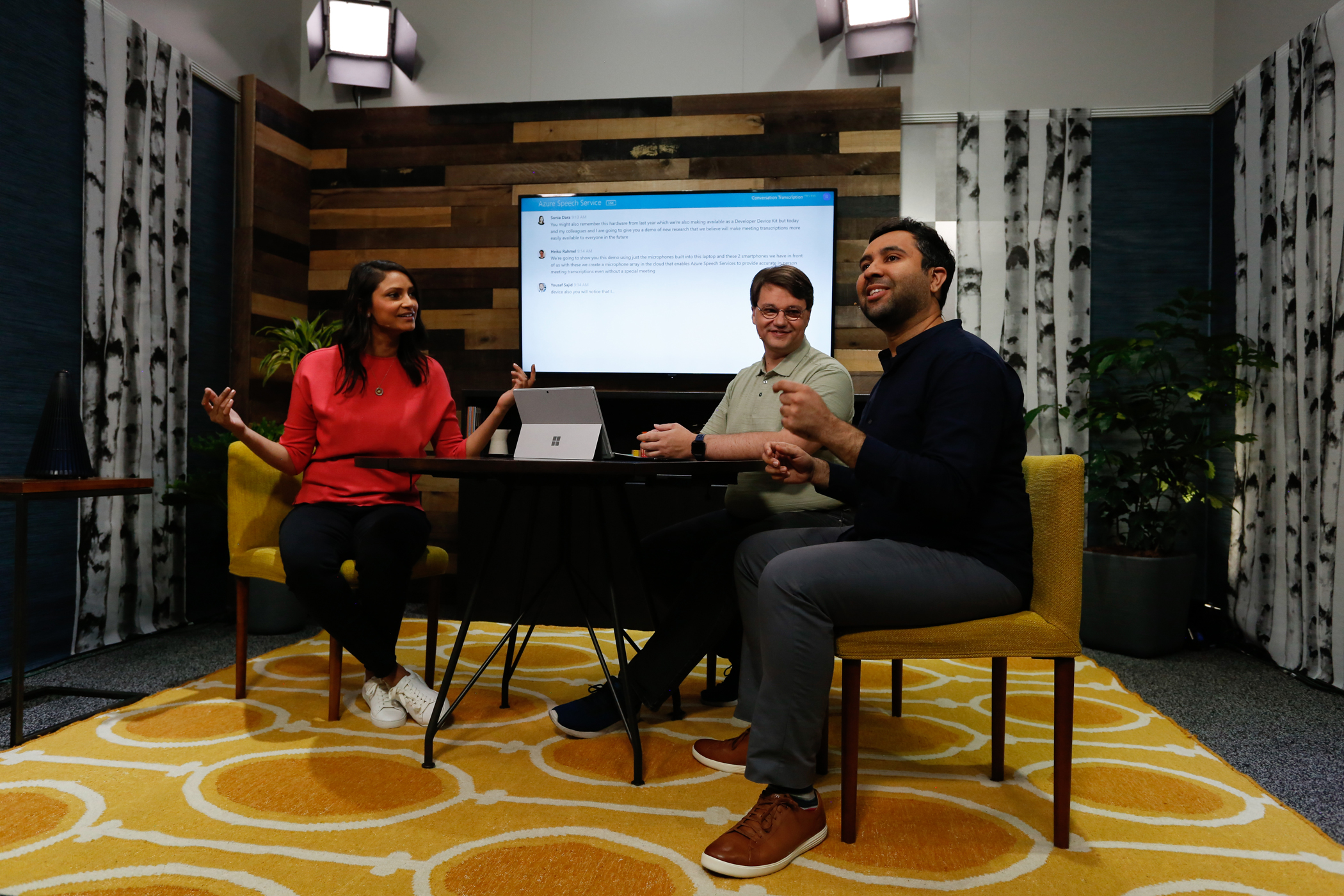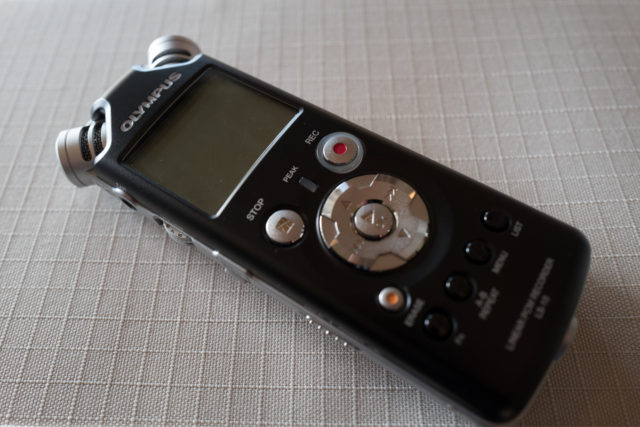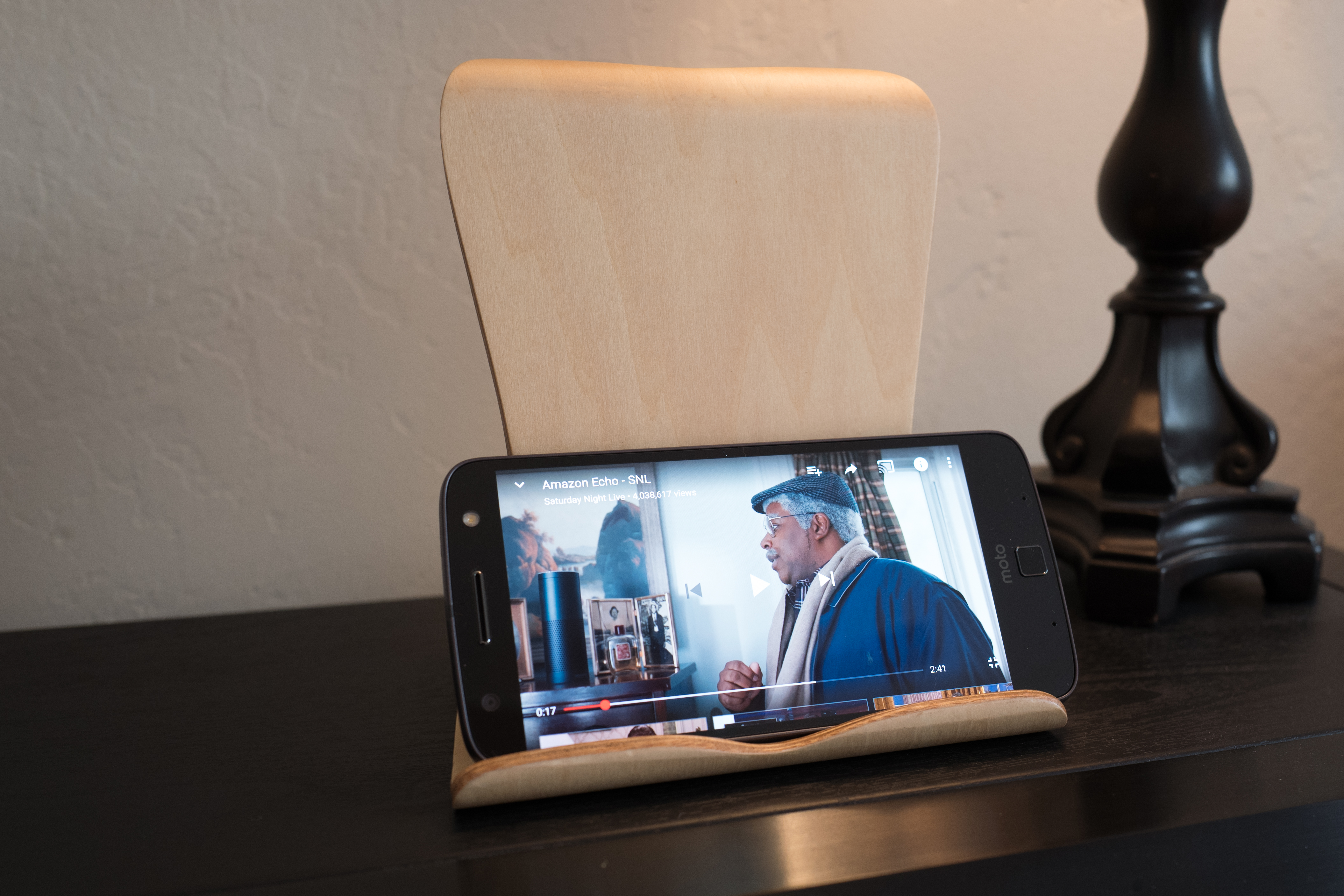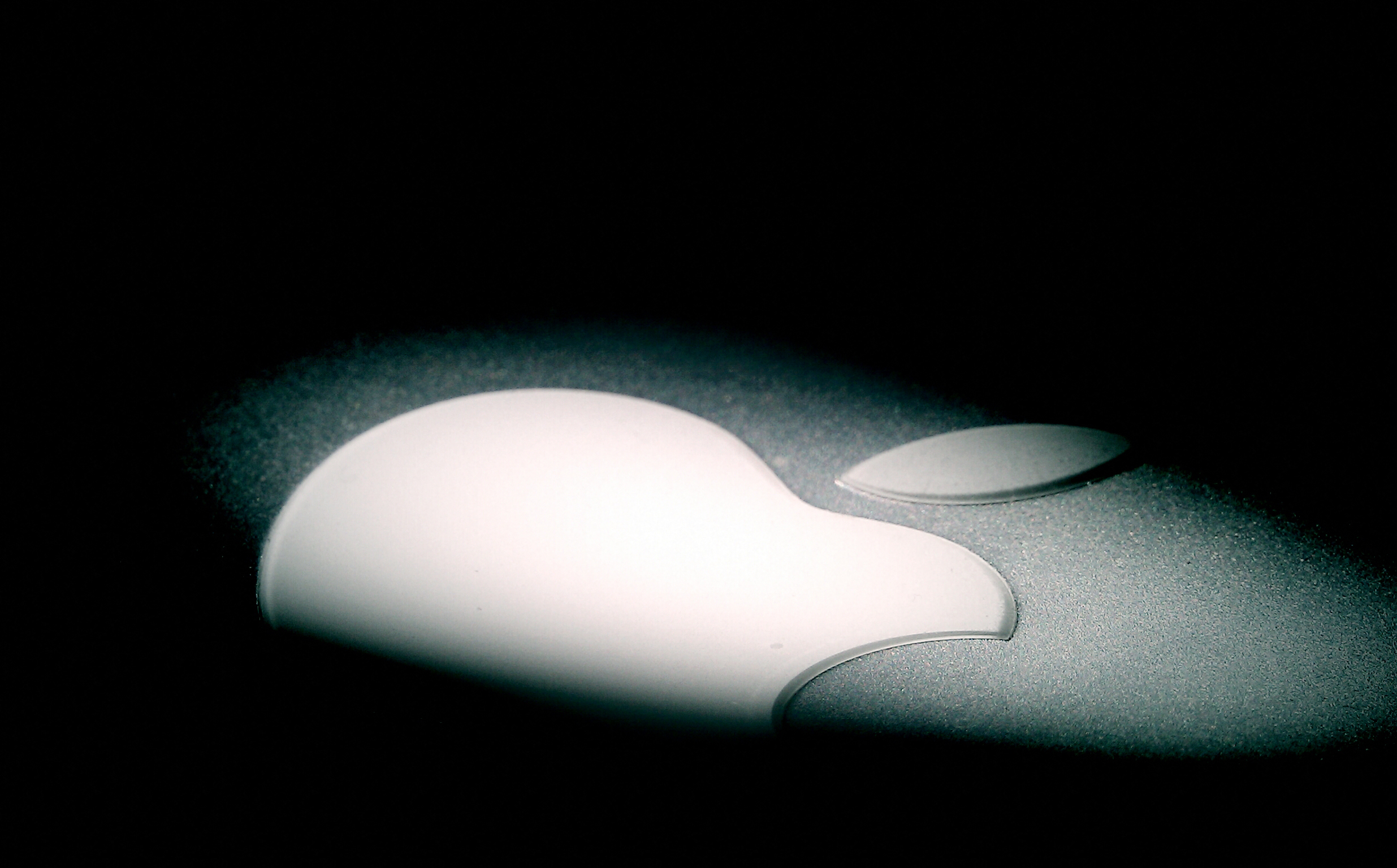In a sudden, surprising retreat, Microsoft announced the closing of all 83 retail stores, on June 26, 2020. Yes, it’s reasonable to wonder if SARS-CoV-2 (severe acute respiratory syndrome Coronavirus 2)/COVID-19 lockdowns played part in the decision. During normal times, the location at Fashion Valley Mall was never as busy as Apple Store, but the shop served vital brand, sales, and services roles. I am disappointed to see Microsoft Store gone.
I used iPhone 4 to capture the Featured Image, looking inside the San Diego location, on April 19, 2011. Vitals: f/2.8, ISO 80, 1/125 sec, 3.85mm; 3:30 p.m. PDT.

